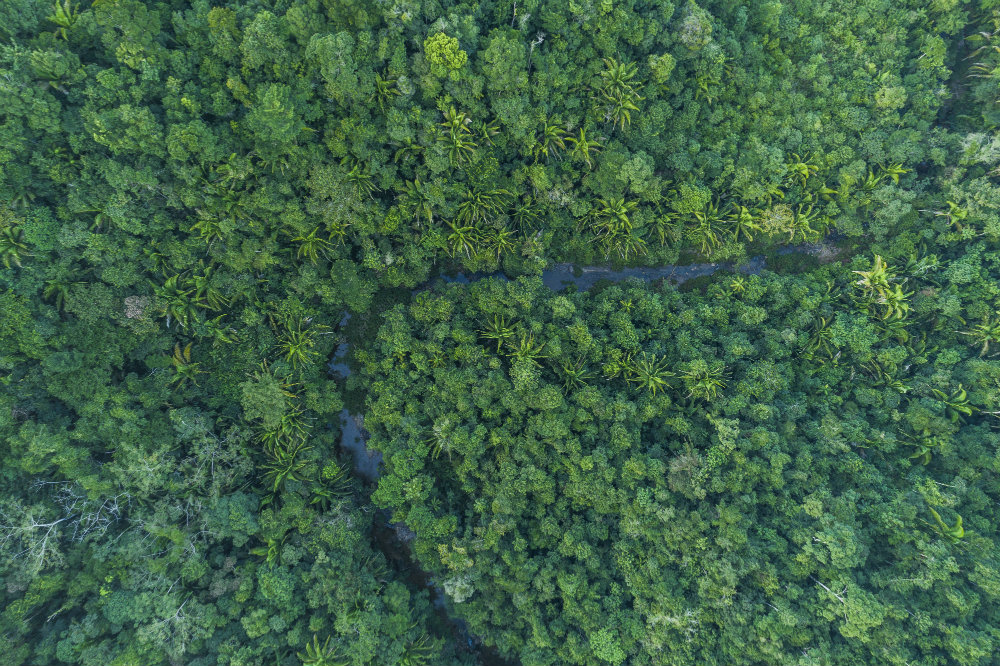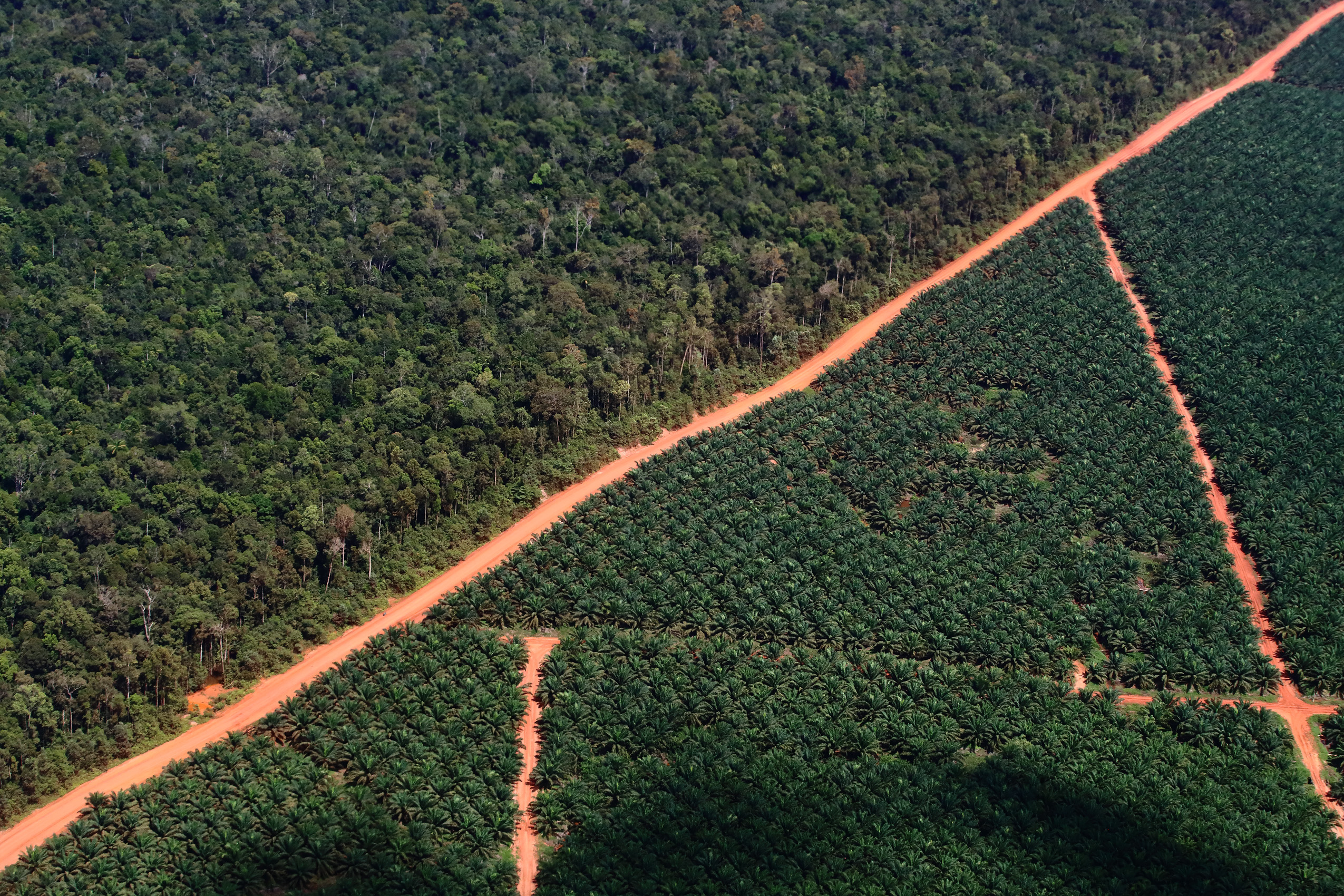Weak governance and an expanding export-oriented agribusiness model are fuelling growing deforestation and forest fires in the Central American nation

An export-oriented agribusiness model has boosted Nicaragua's economy but is leaving its forests at risk.
While Brazil and other South
American countries have received widespread international attention over the
Amazon fires and increasing rates of deforestation, a similarly urgent crisis
is taking place in Nicaraguan forests.
Forest fires in the country reportedly increased by more than 650 per cent in the first four months of 2019 compared to the same period in 2017.
The Humboldt Centre, a Nicaraguan
conservation NGO, documented nearly
3,900 fires between January and April this year, of which over 600 were in
protected areas.
Jurguen Guevara, the NGO’s
Extractive Industries Officer, told Earthsight that most of the fires
are set to clear land for agribusiness and are among the “main drivers of
deforestation”.
Between 2011 and 2018, the
country lost
almost 1.5 million hectares (ha) of forests, equivalent to 11 per cent of
Nicaragua’s territory. Pastures for cattle increased by more than 2.3 million
hectares in the same period.
Protected areas have not escaped untouched. The Bosawás Biosphere Reserve, a biodiversity hotspot covering over two million hectares, has lost around 15 per cent of its forest cover in the last 20 years.
The number of
cattle ranchers and farmers illegally invading
the reserve’s core zone, a heavily protected area, increased from just over
a dozen in 2016 to hundreds in 2019.
The Environment and Natural
Resources Ministry has acknowledged a
direct relationship between the loss of thousands of hectares in Bosawás in the
last five years and the expansion of pasture for cattle in the reserve.
“Between 2011 and 2018 Bosawás
lost 300,200ha of forest cover,” Guevara says. “The deforestation fronts
have concentrated mainly in the core zone, but there have been deforestation
fronts in the buffer zone too.”
Indigenous leaders have called
on the government to halt land grabbing and deforestation in Bosawás.
Members of the Mayagna and Miskito indigenous communities have denounced death
threats and violence they have experienced at the hands of farmers when
attempting to confront their allegedly illegal activities.
Nicaraguan civil society has
blamed a harmful mix of weak governance and an expanding, poorly regulated
agribusiness sector as driving the increases in deforestation.
Humboldt’s April
2018 report said the pursuit of economic growth, which averaged
close to 5 per cent between 2013 and 2017, based on activities that have a
high environmental impact – such as monocultures, ranching and mining – has
been a key factor fuelling land clearances.
“Until April 2018, when the
political crisis began, Nicaragua had experienced stable economic growth based
on the destruction of natural resources,” Guevara adds. “Forests were one of
the resources being destroyed.”
“We have an export-oriented
agribusiness model that generates high incomes but that needs vast tracts of
land, especially forested lands.”
Nicaraguan exports of
agro-commodities have increased steadily in recent years. Earthsight’s analysis
of international trade data shows that beef exports to the US increased by over
70 per cent between 2015 and 2019, from 1,393 tonnes to 2,385 tonnes. Mongabay recently
reported that dairy exports have increased by more than 40 per cent in the last year.
It is not only the cattle sector
that is having a negative impact on Nicaraguan forests and protected areas. The
palm oil sector has also been a source of controversy.
The Humboldt Centre has monitored
the activities of Cukra Development Corporation, a palm company that controls
over 2,500ha of palm concessions in the country’s Caribbean region – making up
half of all palm plantations in Nicaragua.
The company has leased over 500ha of land from Cukra’s indigenous authority in the Caribbean.
“According to our evaluation, the company has not produced any boundary maps to determine the limits of the leased area,” Guevara says.
“The contract only says the size of the area and
nothing more. So these gaps generate concerns among the population because they
don’t know whether the company is only using the leased area or going beyond
it.”
The Humboldt Centre has also
criticised the lack of priority given by the Nicaraguan government to
environmental protection. Public institutions in charge of environmental
management have seen their budgets
reduced in recent years to account for less than 1% of the country’s
public spending.
Even where regulations are in
place, implementation has been a cause for concern. Forest Use Plans (Planes de
Aprovechamiento Forestal), which are one of the main regulatory instruments
strictly necessary for any productive activity taking place in forested areas,
must be approved by a Forest Regent (Regente Forestal).
“Forest Regents are trained by INAFOR, the National Forest Institute, a public body. But they are then hired by the private sector to carry out the necessary assessments for the Forest Use Plans.
"So the regents have no autonomy to issue impartial assessments. Since
they are hired by those trying to obtain permits, it can be easy to coerce them
to draw up flexible plans. INAFOR does not provide adequate follow up to the
implementation of the plans,” laments Guevara.
For Guevara, Nicaragua’s
increasing loss of forests to agribusiness and other economic activities is one
of the most pressing issues facing the country. “The legislative and regulatory
frameworks are inadequate. There is no appropriate governance regime to promote
the sustainable use of forests.”



